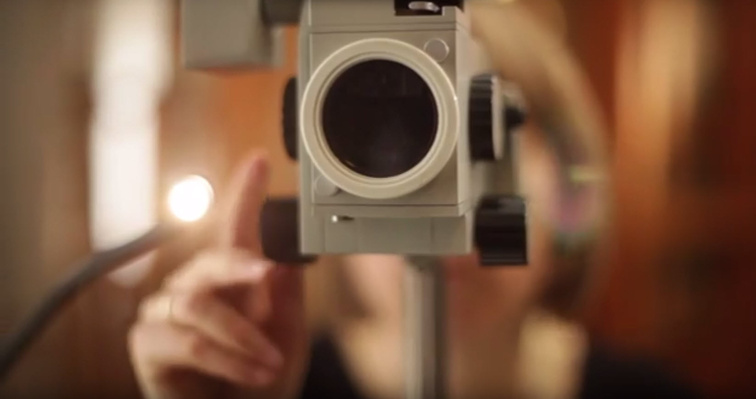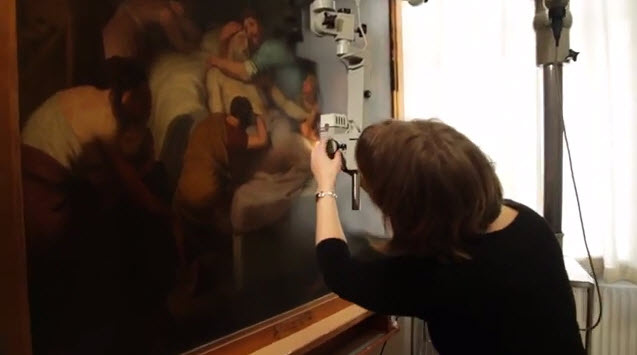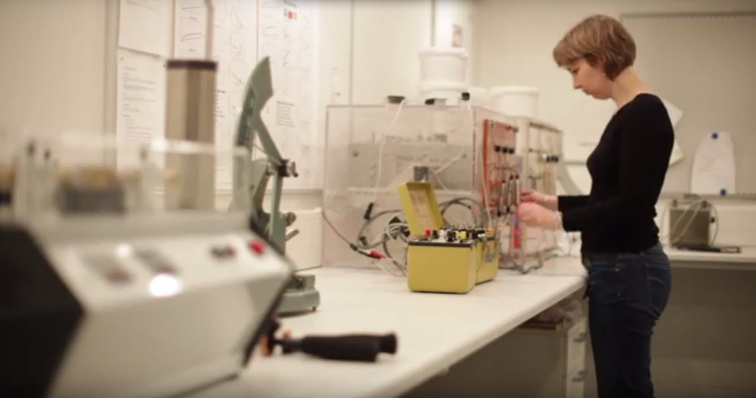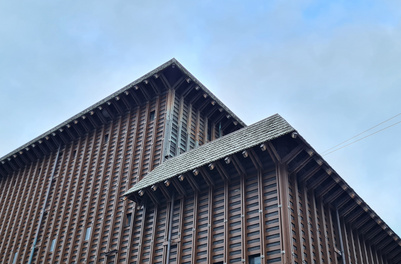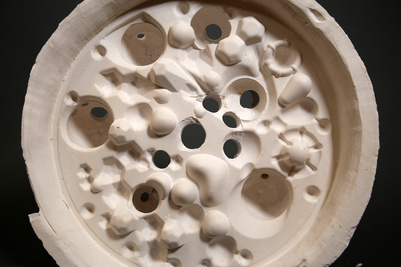Lost in Translation
A researcher from the Institute of Conservation has exposed scientific inaccuracy resulting from the incorrect translation of scientific terms. Her findings have been published on a leading international conservation portal.
A scientific article by Assistant Professor Cecil Krarup Andersen from the Institute of Conservation has been published on the US portal COoL Conservation Online. The portal is considered to be a leading voice in the field of conservation.
In the article, entitled ‘Lining, Relining and the Concept of Univocity’, Cecil Krarup Andersen details a paradox. Although closer international contact between researchers and multiple publications in the same language ought to result in greater unanimity and harmony when it comes to current scientific terms, many examples point to the contrary. This is especially true when non-English-speaking researchers publish in English. When such researchers use English words that are similar to words their own language, there is a risk that the translation will be inaccurate and could be misunderstood.
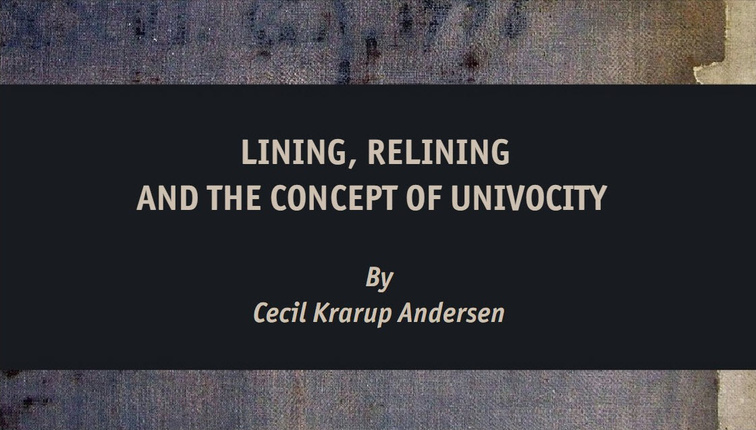
Her article is based on surveys of professional terminology in the field of conservation with a particular focus on words used for the process of ‘doubling’: a commonly used conservation method where a canvas is bonded onto the back of a painting. Cecil Krarup Andersen previously attracted international attention with her 2013 PhD thesis, which showed that doubling methods used in the past are today having a detrimental effect on works by Rembrandt, van Gogh and the majority of Danish Golden Age paintings.
Cecil Krarup Andersen is very pleased that her article has become available to a large international audience of conservators, explaining: “It helps to promote the Institute of Conservation internationally as a serious and hopefully desirable partner.”
